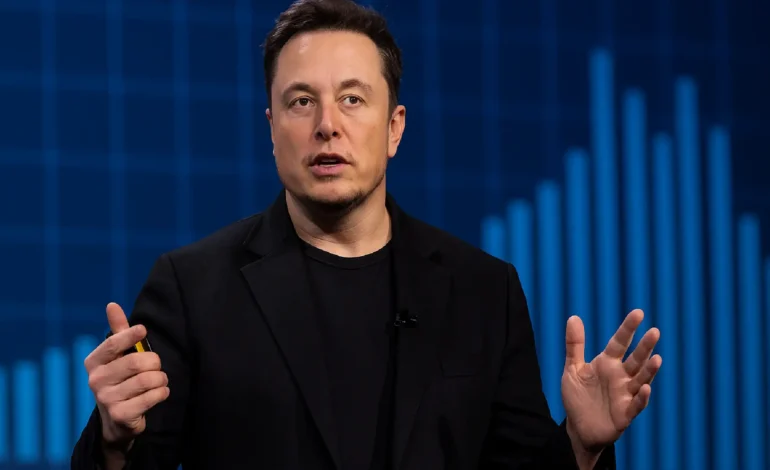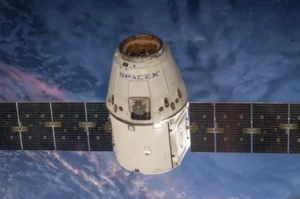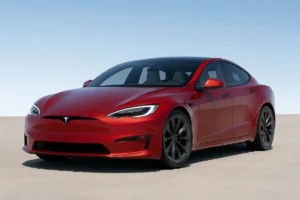How Elon Musk Builds Empires: Startup Lessons for Market Disruption

How Elon Musk Builds Empires: Startup Lessons for Market Disruption
Elon Musk is arguably the most audacious and impactful entrepreneur of our time. From revolutionizing the electric vehicle market with Tesla and making space travel affordable with SpaceX to rewiring the human brain with Neuralink, his ventures consistently defy expectations and reshape entire industries. This track record raises a critical question that founders and business leaders constantly ask: How Elon Musk builds empires in sectors that are notoriously resistant to change?
The answer isn’t found in a simple personality trait or a single stroke of genius. Instead, it lies in a repeatable blueprint—a set of core principles that Musk applies to every venture. This is not just a story of ambition; it’s a masterclass in market disruption. To truly understand the source of his success, one must look beyond the headlines and analyze the strategic framework behind his companies. Understanding this framework is the key to understanding how Elon Musk builds empires.
This deep dive will break down the core pillars of this blueprint, offering powerful lessons for anyone looking to challenge the status quo.
Principle #1: Attack Massive, Stagnant Industries with First-Principles Thinking
The absolute foundation of the Musk method is a mental model known as “first-principles thinking.” As explained by thought leaders like Shane Parrish on his blog Farnam Street, this involves breaking down a complex problem into its most fundamental, irreducible truths and reasoning up from there. While most of the world reasons by analogy (doing things the way they’ve always been done), this principle is fundamental to how Elon Musk builds empires.

- SpaceX Example: When Musk founded SpaceX, the cost of space travel was astronomical. Instead of asking, “How can we make existing rockets 10% cheaper?” (reasoning by analogy), he asked, “What are rockets made of?” He discovered the raw material cost of a rocket was only about 2% of its final price. The rest was labor, tooling, and overhead from legacy processes. By reasoning from the first principle that the materials were cheap, he concluded that the key to affordable space travel was making rockets reusable. This led to the creation of the Falcon 9, a technology that has completely dominated the launch industry.

- Tesla Example: Similarly, with Tesla, the goal wasn’t to put a battery in a car that looked and felt like a Ford. It was to rethink the automobile from the ground up, starting with the fundamental truth that an EV is a computer on wheels powered by a battery. This first-principles approach led to a radically different design, software-first architecture, and a focus on battery technology that legacy automakers are still struggling to match.
This way of thinking is the first and most critical answer to the question of how Elon Musk builds empires.
Principle #2: Master Vertical Integration to Control the Entire Stack
Once a problem is redefined, the next step is to control every aspect of its solution. Vertical integration—owning the supply chain, manufacturing, and distribution—is a hallmark of Musk’s companies. While other companies outsource to reduce costs, Musk insources to increase control and accelerate innovation.
- Tesla’s Control: Tesla doesn’t just assemble cars. They design their own AI chips, write their own operating software, build their own batteries at Gigafactories, operate their own Supercharger network for refueling, and sell and service their cars directly to consumers. This end-to-end control allows them to innovate at a speed legacy automakers, with their complex web of suppliers and dealerships, simply cannot match. This total control is a defining element of how Elon Musk builds empires.
- SpaceX’s Self-Reliance: SpaceX builds its own rocket engines, fuselages, electronics, and launch towers. This self-reliance was born of necessity—no supplier could provide what they needed at the right price or speed—but it has become a massive competitive advantage.
Principle #3: Use Audacious Goals to Drive Radical Innovation
Musk’s companies are defined by their incredibly ambitious, almost fantastical, mission statements. These aren’t just corporate marketing slogans; they are extreme “stretch goals” that force his teams to invent technologies that would otherwise be considered impossible. This is a powerful, if demanding, part of the strategy of how Elon Musk builds empires.
The official mission of Tesla is “to accelerate the world’s transition to sustainable energy.” The goal isn’t just to sell cars; it’s to change the global energy infrastructure. This grand vision attracts the most passionate and talented engineers in the world who want to work on solving humanity’s biggest problems. The a detailed account of this can be found in Ashlee Vance’s biography, “Elon Musk: Tesla, SpaceX, and the Quest for a Fantastic Future.”.
Similarly, the stated goal of SpaceX is to “make humanity a multi-planetary species” by colonizing Mars. This audacious objective forces the company to think beyond launching satellites and to develop fully reusable, interplanetary transport systems like Starship. This grand mission is central to how Elon Musk builds empires.
Build a Cult-Like Brand and a Direct-to-Consumer Channel
A key aspect of how Elon Musk builds empires is his mastery of modern brand building. His companies have developed intensely loyal, almost cult-like followings.
This is achieved by:
- A Charismatic Leader: Musk himself is the ultimate brand ambassador. With over 200 million followers on X (formerly Twitter), he has a direct, unfiltered communication channel to his customers and the world, bypassing traditional media and saving billions in advertising.
- A Direct Sales Model: Tesla rejected the traditional dealership model, opting to sell its cars directly to consumers online or through company-owned stores. This gives them complete control over pricing, messaging, and the customer experience, further strengthening the brand relationship. The power of this model explains a great deal about how Elon Musk builds empires.
Leverage Interlocking Companies for a Synergistic Flywheel
The final, and perhaps most advanced, piece of the puzzle is how Musk’s seemingly separate companies are beginning to work together to create a powerful, self-reinforcing ecosystem. This synergy is the ultimate expression of how Elon Musk builds empires.
- Tesla’s battery technology is used for energy storage products like Powerwall, furthering the mission of sustainable energy.
- SpaceX’s Starlink satellite internet can provide connectivity to Tesla vehicles anywhere on Earth.

- The Boring Company’s tunneling technology could one day create dedicated, high-speed routes for Teslas in congested cities.
- Neuralink’s brain-computer interfaces could eventually integrate with his other technologies in ways we can only begin to imagine.

Each company, while successful on its own, strengthens the others, creating a flywheel effect that increases the competitive advantage of the entire Musk ecosystem. This interlocking strategy is a profound lesson in how Elon Musk builds empires.
Conclusion
The blueprint is clear. How Elon Musk builds empires is not through magic, but through a disciplined application of a few core principles: re-imagine a problem from its fundamental truths, control the entire process from raw material to customer, set impossibly high goals, build a direct line to your audience, and create a system where your ventures support each other. It’s a strategy that requires immense courage, long-term vision, and a relentless focus on engineering. For any entrepreneur looking to do more than just build a company, but to truly disrupt an industry, the lessons are invaluable. This is the essence of how Elon Musk builds empires.
For more deep dives into the strategies of today’s biggest tech innovators, continue to explore the articles and analyses at techpastel.com.




